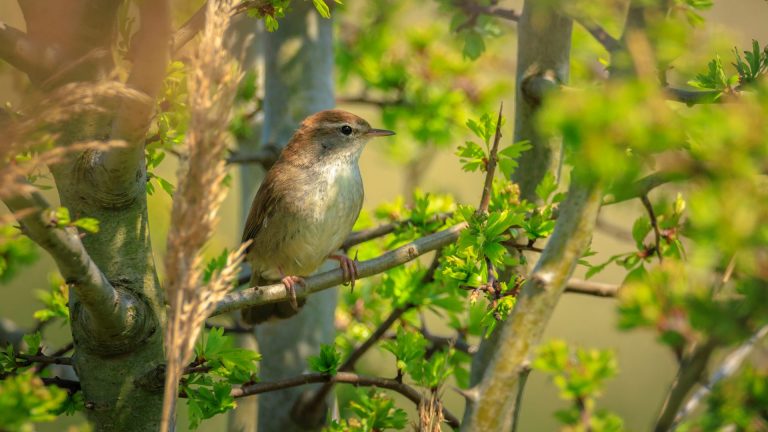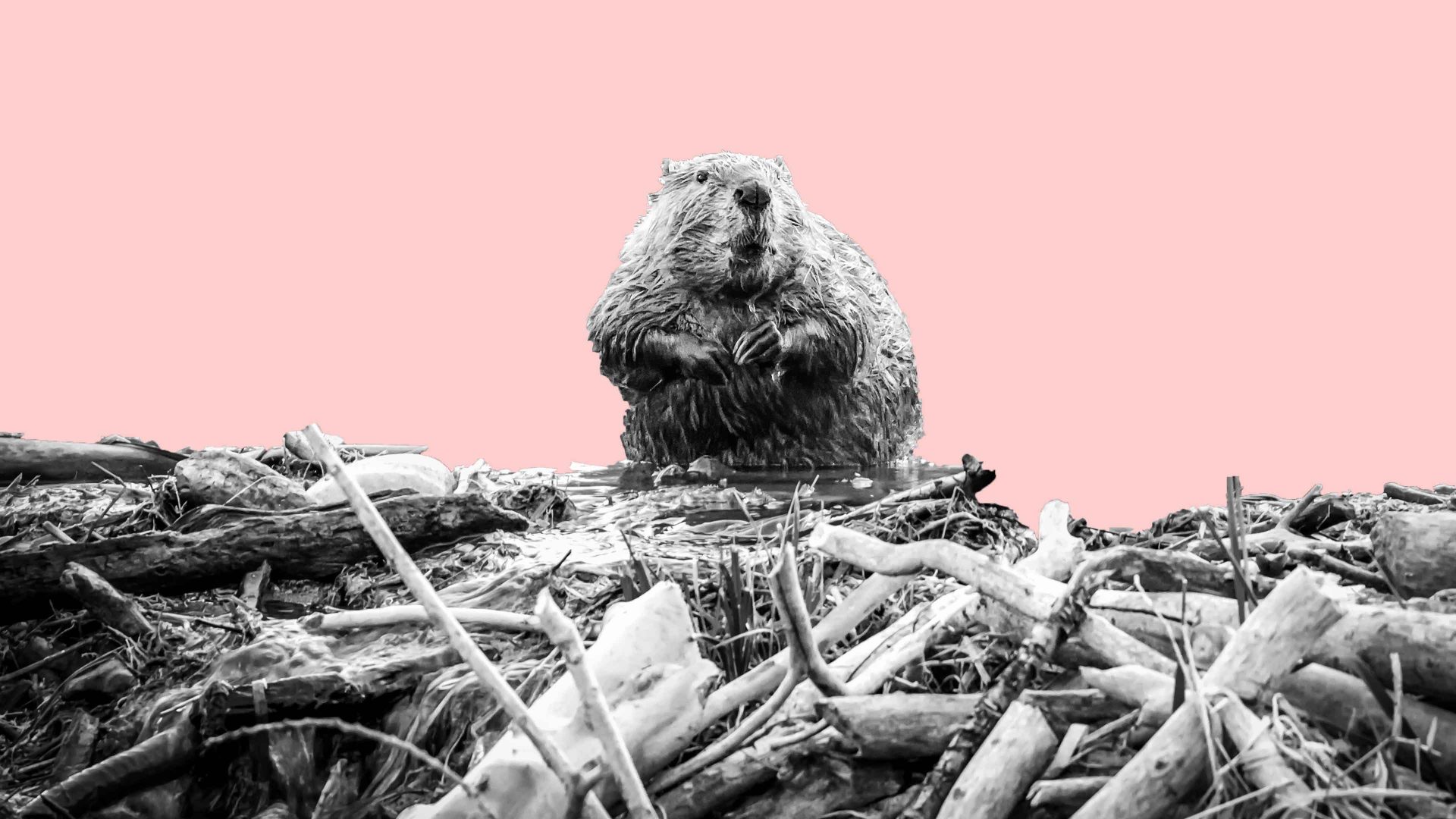1. In June, the BBC reported on an underground network of activists risking arrest, fines, jail and the ire of the National Farmers’ Union in the name of what they claimed was “doing God’s work”: transporting some oily amphibious mammals around the country and releasing them into the wild without a licence (the activists, not the oily amphibious mammals). “You don’t want to be caught with a box of beavers in the boot,” one activist, known only as “Ben”, told the broadcaster, “so you have to be quite quick.”
2. Beavers are “ecosystem engineers”: a species that reshape their environment to their own needs, in a manner that will affect other species and/or landowners. They dig burrows in riverbanks, or build lodges of sticks, stones and mud above them. But because they feel safest in water, these generally have underwater entrances, and where the water level isn’t deep enough they’ll build dams to raise it.
3. Such dams can have all sorts of benefits – reducing pollution, by blocking its flow; increasing biodiversity; helping reduce both flooding and drought. But it can also be an inconvenience if it happens on your farm without warning. Hence beaver licences, and hence, also, their corollary, unlicensed guerilla beaver distributors.
4. Don’t let their good press fool you: beavers are rodents, albeit rodents so large that they weigh a thousand times more than the average domestic mouse. They’re probably bigger than you think, up to a metre long, and generally weigh in at 20-30kg (comparable to a dalmatian), though the largest on record was 50kg (an Irish wolfhound, or large tween). In fact, beavers are the second largest species of rodent in the world, beaten only by capybaras – which are, to be fair, brilliant.
5. The Eurasian beaver (Castor fiber) was once found right across the continent, from the Atlantic coast to the borders of Korea. In recent centuries, though, its range has shrunk to a few scattered areas, in large part because of us. In Britain, thanks to the value of their fur, meat and oil, the animals had been hunted to extinction by the 16th century.
6. In the early 21st century, though, a population appeared on the River Tay in central Scotland: they’re thought to have escaped from captivity and made the best of it. In 2009, wild beavers were reintroduced to Scotland, deliberately this time, when 11 were released as part of the Scottish Beaver Trial; they’ve since been made a protected species. Other populations have since been introduced south of the border, and in 2022, a pair – known, inevitably, as Justin Beaver and Sigourney Beaver – were even introduced to London (or at least, Forty Hall Farm, in Enfield).
7. Beaver teeth grow continuously – they’re worn down by the constant gnawing – and are orange because of the iron in the enamel that makes them so strong.
8. They’ve evolved to fit their semi-aquatic lifestyle in other ways, too. They have folds of skin that act as valves to close their nostrils and ears, and a membrane to protect their eyes from water. They have webbed toes; use oil to keep themselves sleek and water-repellant; and can remain underwater for as much as 15 minutes at a time.
9. Their massive paddle-shaped tail – up to 50cm long! – doesn’t just help with the swimming. They can also slap the water with it to warn each other of predators.
10. A baby beaver is called a kit. Couples mate for life, and have annual litters – the average size is three – and sometimes have kits from two litters in the lodge at once, which feels like a kids’ cartoon waiting to happen.
11. This bit’s less cute (sorry): the creatures are also highly territorial, using a scented yellow secretion named “castoreum” to mark their territory. Another of the restraints on their population size is that they sometimes, ah, kill one other.
12. Talking of violence: the “Beaver Wars” of the 17th century were not in fact between but about beavers. So valuable a commodity was the fur of the American beaver (Castor canadensis) that the Iroquois League fought a coalition of the Huron, Algonquin and other First Nations – both, inevitably, supported by European powers – for the right to control the trade routes and hunting grounds of the Great Lakes. The fur trade was a significant driver of the colonists’ westward expansion, too. None of this ended well for the beavers.
13. Neither did the market for castoreum, which was historically used in perfumes and (I’m so sorry about this) flavourings. For a long time, your vanilla or raspberry ice cream was likely to have been produced by a gland right next to a beaver’s bum. This is thankfully no longer true, despite what parts of the internet might tell you – though the substance does seem to still be used in the Swedish schnapps Bäverhojt. Its name translates as “beaver shout”.
Suggested Reading


The bird and the blowhard
1526
Last recorded wild beaver sighting in Britain
2009
Beavers reintroduced to the island after a five-century absence
1,200
Estimated Eurasian beaver population by early 20th century
50kg
Largest beaver on record, caught in Wisconsin in 1921
125kg
Estimated weight of the extinct giant beaver Castoroides




